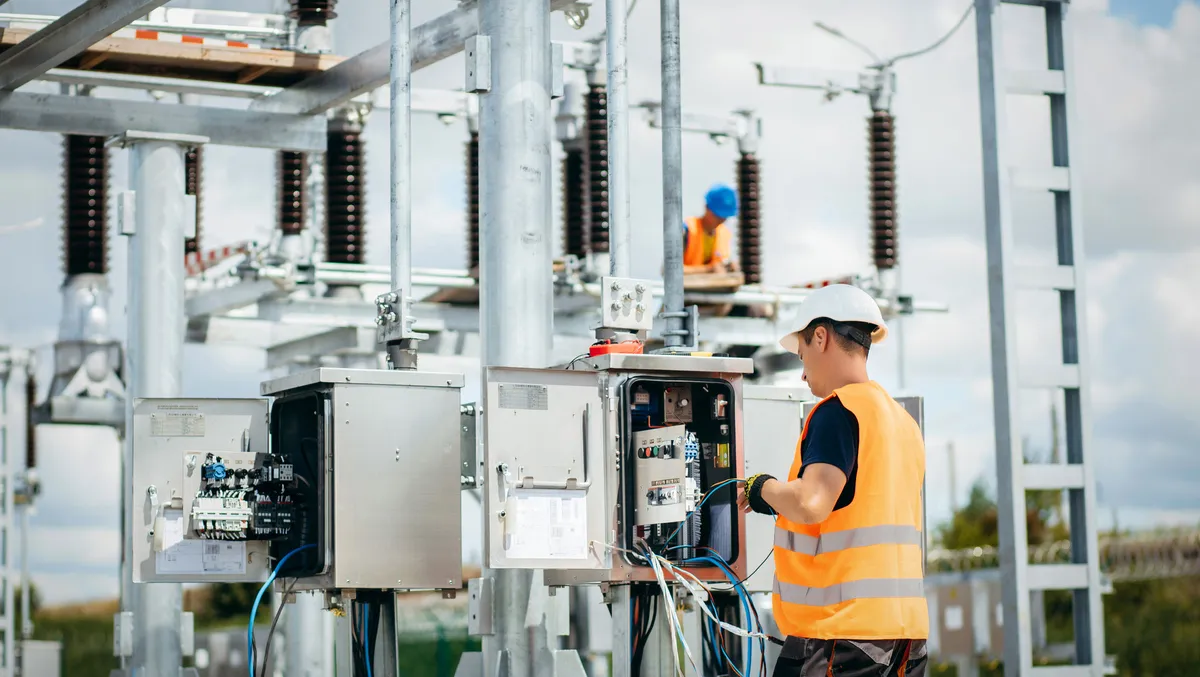
2032 digital substation market to be US$14.11 billion: FMI
The digital substation market size was valued at US$6.5 billion in 2021 and is expected to be worth US$14.11 billion by 2032, growing at a 7.3% CAGR from 2022 to 2032. These insights are revealed in a recent report on the digital substation market by Future Market Insights (FMI).
Explaining the reasons for such growth, FMI says, "The global digital substation market has grown at a rapid pace in recent years, and it is expected to do so again over the next several years. This is because leading industry players have begun introducing new products with enhanced capabilities. In addition, the increased demand for energy from renewable resources in developed countries to support sustainable development has boosted digital substation market growth even more."
"The rising demand for energy and the rapid use of non-renewable energy resources have shifted the demand for power generation to renewable energy sources. Furthermore, the integration of renewable energy with digital substations has been made possible by the advent of automation in power generation, distribution, and management."
FMI also notes the global digital substation market is driven by the use of digital substations for generating renewable energy and delivering improved dependability, efficiency, and safety in power distribution and the emergence of automation and higher connectivity standards.
However, higher upfront costs make it harder to replace traditional substations, limiting the expansion of the digital substation market.
"The adoption of digital substations for generating renewable energy and improving reliability, efficiency, and safety in power distribution, and the emergence of automation and higher connectivity standards are the factors driving the global digital substation market. However, higher initial investments make it difficult to replace traditional substations, limiting the growth of the digital substation market," explains FMI in its report.
Moving to other notable takeaways in the report, FMI predicts that the utility industry segment will account for a large portion of the global digital substations market. Due to the widespread use of digital substations in utilities, this segment accounted for most of the digital substation market in 2019.
Moreover, based on voltage, the 220 kV voltage segment is predicted to hold the largest share of the digital substations market.
By 2026, the hardware module segment will be worth over US$7,500 million. Digital substations are widely used worldwide in all industry verticals, particularly utilities and oil and gas.
Throughout the forecast period (2022-2032), the transmission substations segment is expected to hold the largest share of the digital substations market. The market for digital substations in North America is expected to exceed US$2.5 billion by 2028. And due to ongoing commercial and industrial infrastructure developments, rising energy demand in the United States will drive the regional digital substation market even further.
As regards the competition landscape, FMI lists some key payers in the digital substations market, including ABB, Texas Instruments, Locamation, Efacec, Tesco Automation, NetControl, Belden, Emerson Electric, NR Electric, GE, Schneider, Eaton, Rockwell Automation, Siemens, L&T, Cisco, Open System International, Guodian Nanjing Automation, and Beijing Sifang Automation.
In addition, ongoing acquisitions and joint ventures among various service providers and favourable incentives for deploying renewable technologies will boost the digital substations market outlook, FMI says.
For example, ABB and CORYS signed a memorandum of understanding for a digital collaboration project in December 2020. Siemens and Atos also signed a five-year extension of their strategic partnership in September 2020 to bring together their joint digital solutions. In January 2018, Eaton and the US Department of Energy expanded their collaboration on innovative energy solutions at the National Renewable Energy Lab.


